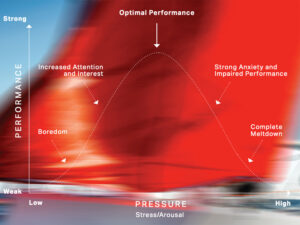
1. Making contact with another boat almost always risks breaking Rule 14. The risk is highest if you are the keep clear boat and not entitled to room or mark-room. In that case, Rules 14(a) and 14(b) do not soften Rule 14 for you as they do for a right-of-way boat or one entitled to room or mark-room.
2. If another boat is claiming a right and you think she does not have it, it is much safer to grant that right to her than to deny it. If you deny her the right and the protest committee finds she did indeed have the right, you will be disqualified (as Henry was). However, if you grant her the right, you can still protest her and, if the committee upholds her claim, you will avoid a DSQ (as Oscar did).
3. Remember that the basic right-of-way rules, Rules 10, 11, 12 and 13, almost always apply. Henry forgot this and it cost him. (The only exceptions are when Rule 19.2[c], 22 or 23 applies.)
4. A clear, adequately loud, simple hail asserting your view of a situation is usually helpful. Repeating your hails over and over is rarely helpful; it takes your attention away from analyzing the incident and sailing your boat, and the noise you’re making may keep you from hearing an informative response from the boat you’re hailing.
5. Keep firmly in mind that different people perceive an incident from different perspectives. You may think that it’s absolutely obvious that you’re in the right, but someone else may surprise you by showing you a different and quite logical way to view the incident and apply the rules to it.









